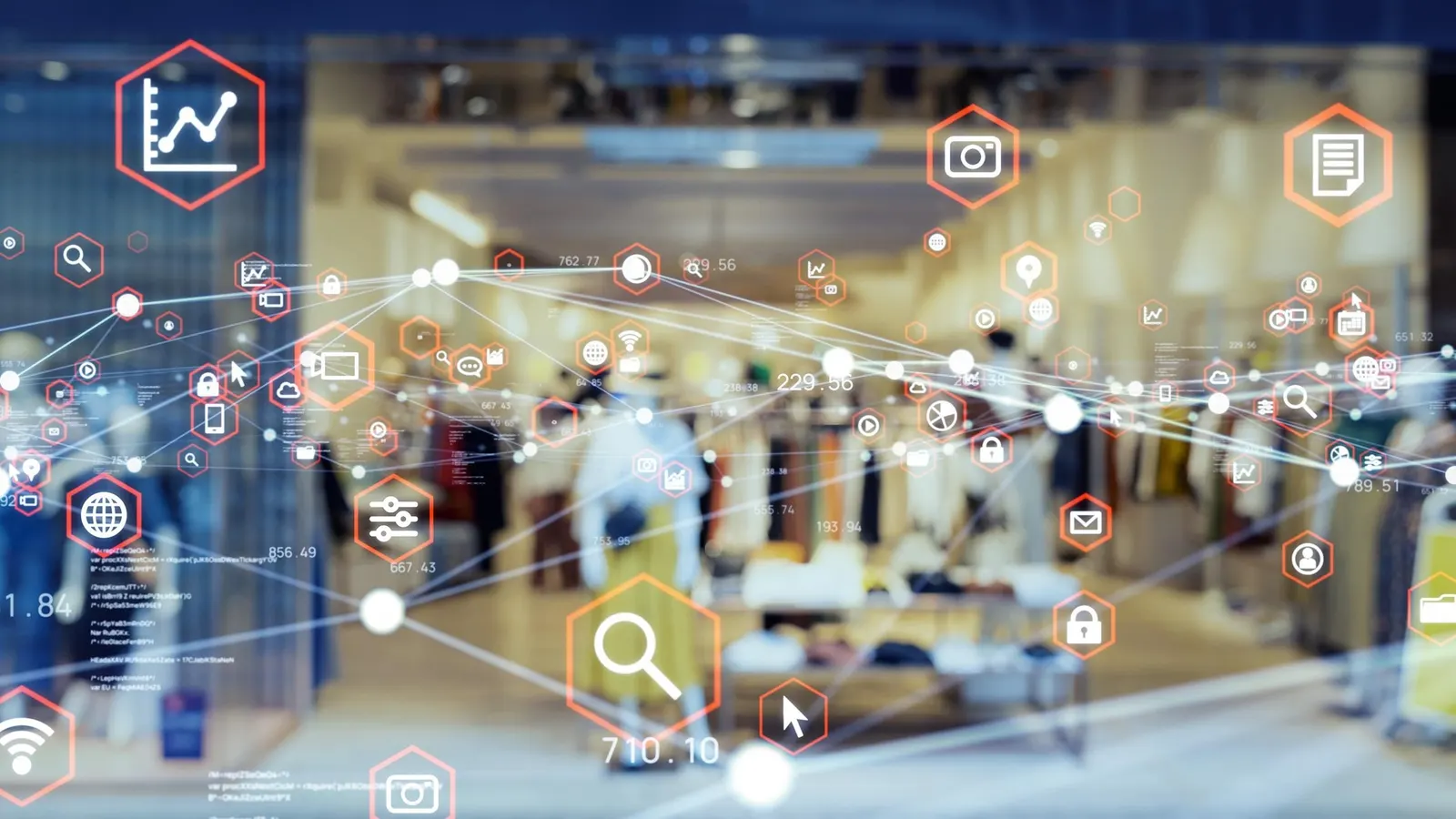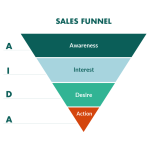
As a retail technology provider with over four decades of experience serving Irish businesses, we’ve seen firsthand how the right systems can transform operations—and how outdated technology silently erodes profitability. Whilst many retailers focus on obvious expenses like rent and wages, there are hidden costs lurking within legacy systems that can significantly impact your bottom line.
Here are five costly problems that outdated retail technology creates, and how modernising your approach can solve them.
1. The Inventory Black Hole: Lost Sales Through Poor Stock Visibility
One of the most expensive hidden costs in retail is lost sales due to stockouts—and you might not even realise it’s happening. Without real-time inventory visibility, you’re essentially flying blind. A customer asks for a product, you think you’re out of stock, but three units are sitting in the back room or at another location.
Legacy systems often rely on end-of-day reconciliation or manual stock checks, meaning your inventory data is always playing catch-up. Meanwhile, customers leave empty-handed and potentially never return.
Modern EPoS technology provides real-time inventory tracking across all locations, alerting staff to available stock instantly. This visibility doesn’t just prevent lost sales—it also helps you identify slow-moving items before they become dead stock, optimise reorder points, and make smarter purchasing decisions based on actual demand patterns rather than guesswork.
2. Death by a Thousand Manual Processes
Consider how many hours your staff spend on tasks that could be automated: manually counting stock, entering sales data into spreadsheets, reconciling tills at day’s end, creating reports by hand, or managing promotions across multiple systems.
Each of these tasks might only take 15 or 30 minutes, but they add up quickly. If your team spends just two hours daily on manual processes that could be automated, that’s over 700 hours annually—the equivalent of employing someone for nearly four months of full-time work.
Streamlined EPoS systems automate routine tasks, synchronise data across channels, and generate reports at the click of a button. The time savings translate directly into either reduced labour costs or the ability to redirect staff towards more valuable activities like customer service and merchandising.
3. The Price of Poor Customer Experience
In today’s competitive retail environment, customer experience isn’t just important—it’s everything. Yet outdated technology creates friction at every touchpoint. Slow checkouts test customer patience. Staff struggle to answer product queries without current information. Loyalty programmes feel like an afterthought rather than a seamless experience.
Research consistently shows that customers will abandon brands after just a couple of poor experiences. Every minute a customer waits in a queue is a minute they’re reconsidering their loyalty. Every time a staff member can’t quickly check if an item is available, you risk losing not just that sale but the customer entirely.
Modern retail technology creates the frictionless experience customers expect. Faster transactions, integrated loyalty programmes, mobile point-of-sale capabilities that eliminate queues, and staff equipped with instant access to product information all contribute to a shopping experience that keeps customers coming back.
4. Decision-Making in the Dark
Perhaps the most insidious cost of outdated systems is the opportunity cost of poor decision-making. Without access to comprehensive, real-time data, you’re making crucial business decisions based on intuition, incomplete information, or data that’s already out of date.
Which products actually drive your profitability? When should you schedule staff for maximum efficiency? How are your promotional campaigns really performing? What customer segments represent your biggest opportunities? Legacy systems either can’t answer these questions or require hours of manual analysis to produce insights that are already outdated by the time you receive them.
Advanced EPoS solutions provide comprehensive analytics that transform how you run your business. Real-time dashboards reveal trends as they emerge, automated reporting highlights opportunities and issues instantly, and predictive analytics help you stay ahead of demand rather than constantly reacting to it.
5. The Security and Compliance Time Bomb
Older systems often lack the security features necessary to protect against modern threats. They may not comply with current data protection regulations, process payments through outdated protocols, or lack audit trails that regulatory bodies require. The potential cost of a data breach or compliance failure can be catastrophic—not just in fines but in lost customer trust and reputation damage.
Moreover, as payment technology evolves towards contactless and digital wallets, legacy systems that can’t support these payment methods are literally turning away business. With consumers increasingly expecting payment flexibility, an inability to accept their preferred payment method is a competitive disadvantage you can’t afford.
Modern retail technology is built with security and compliance at its core, with encrypted transactions, comprehensive audit capabilities, regular security updates, and support for evolving payment technologies.
The Path Forward
The good news is that modern retail technology is more accessible than ever. Cloud-based solutions eliminate the need for expensive hardware investments, subscription models make budgeting predictable, and user-friendly interfaces mean staff adoption is straightforward rather than painful.
The question isn’t whether you can afford to upgrade your retail technology—it’s whether you can afford not to. Every day you operate with outdated systems, these hidden costs continue to erode your profitability and competitive position.
The retailers who thrive in today’s market aren’t necessarily the biggest or those with the most locations—they’re the ones who leverage technology to operate more efficiently, serve customers better, and make smarter decisions based on real data.
If you’re still relying on systems that were cutting-edge a decade ago, it’s time to calculate what that loyalty to legacy technology is really costing you. The investment in modern retail technology typically pays for itself within months through improved efficiency, reduced shrinkage, and enhanced customer retention.
Your competition isn’t standing still. Neither should your technology.






